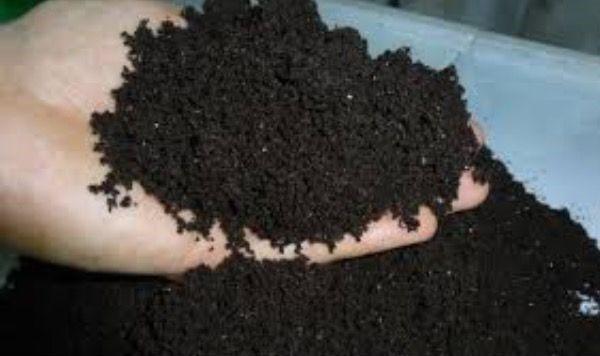Making vermicompost from peat
 Vermicompost is well suited for the preparation of fertile soil. For its production, high-moor or low-lying peat is used. At home, you can prepare vermicompost from cow dung or humus, but it is not advisable to use such raw materials at a production factory, since the cost of vermicompost from cow dung is too high. Biohumus is a waste product of earthworms and California worms. It contains all the trace elements necessary for a plant. It is proved that the use of vermicompost increases the productivity of vegetable crops, fruit trees and berry bushes many times over. If a heavy loam or clay soil is fertilized with vermicompost, then within three years there will be no need to apply other fertilizers. To prepare vermicompost in a peat substrate, you need to populate earthworms or Californian worms. Recycling peat, the worms will increase the acidity of the substrate. In acidic soil, worms cannot reproduce. Therefore, it is very important to prepare the substrate with the correct PH level.
Vermicompost is well suited for the preparation of fertile soil. For its production, high-moor or low-lying peat is used. At home, you can prepare vermicompost from cow dung or humus, but it is not advisable to use such raw materials at a production factory, since the cost of vermicompost from cow dung is too high. Biohumus is a waste product of earthworms and California worms. It contains all the trace elements necessary for a plant. It is proved that the use of vermicompost increases the productivity of vegetable crops, fruit trees and berry bushes many times over. If a heavy loam or clay soil is fertilized with vermicompost, then within three years there will be no need to apply other fertilizers. To prepare vermicompost in a peat substrate, you need to populate earthworms or Californian worms. Recycling peat, the worms will increase the acidity of the substrate. In acidic soil, worms cannot reproduce. Therefore, it is very important to prepare the substrate with the correct PH level.
The preparation of high and low peat substrates is different due to the different PH levels.
High moor peat absorbs water faster, but it evaporates faster from its surface. Bottom peat contains a large amount of tree resin. Therefore, peat absorbs moisture worse, but dries more slowly.
High-moor peat substrate
High-moor peat - undecomposed remains of bog plants. The acidity of high-moor peat is less than that of grass-fed peat, therefore, nothing needs to be added to the peat to prepare the substrate. The high peat is soaked with warm water for a week. The moisture content of the finished substrate should be about 80%. This substrate is stirred every day.
After 7 days, worms can be populated into a container with a substrate. The conversion rate of high-moor peat by worms is 20%. This must be taken into account when filling vermicompost from high-moor peat into packages. It is also important to constantly feed the worms with plant residues.
Ground peat substrate
Bottom peat has high acidity, so it must be balanced. For this, dolomite flour is used. It is added to grass peat until the PH reaches a value of 5.5 to 7.
The moisture content of the mixture is brought to 80% and the worms are populated. The conversion rate of bottom peat by worms is 60%. In addition, worms grow faster in the ground peat substrate and make more clutches.
The author of this article slightly confused the meanings of peat, namely; High-moor peat by its nature is acidic, and low-lying peat is more neutral, and dolomite flour or chalk is used to deoxidize peat, that is, all this must be added to high-moor peat in order to neutralize acidity, practically nothing needs to be added to low peat, it is already neutral or close to neutral, nature made him so.